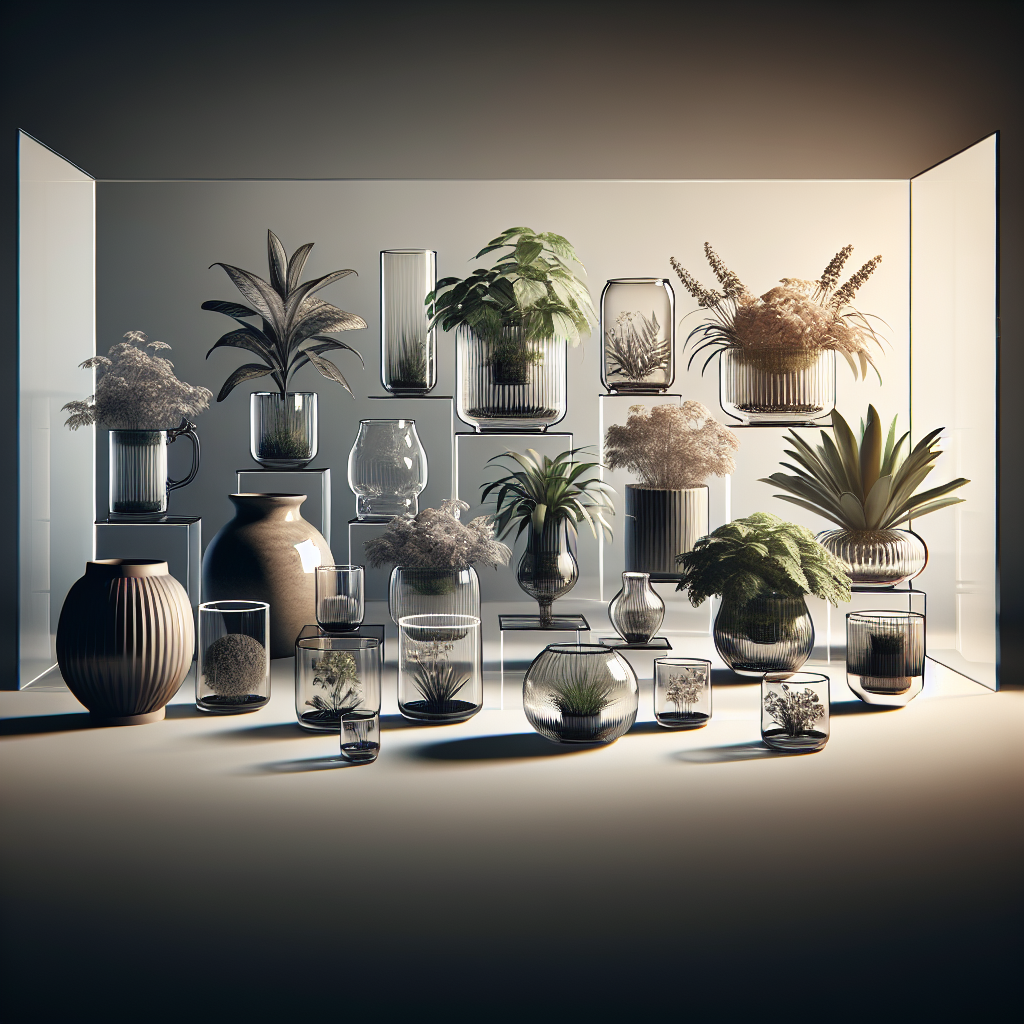
Imagine adding a touch of elegance and sophistication to your indoor space with glass plant containers. These stylish vessels offer a unique way to display your favorite plants, creating a stunning focal point in any room. With their transparent walls, glass plant containers allow you to admire the intricate roots and vibrant colors of your plants, adding a sense of wonder and tranquility to your home. Whether you prefer delicate succulents or lush ferns, these containers provide the perfect environment for your plants to thrive while adding a touch of modern beauty to your space. Say goodbye to mundane plant pots and welcome a new level of elegance with glass plant containers.
Benefits of Glass Plant Containers
Glass plant containers have numerous benefits that make them an excellent choice for indoor and outdoor gardening enthusiasts. From their durability and longevity to their versatility and aesthetic appeal, glass plant containers offer a range of advantages that can enhance the beauty and functionality of any space.
Durability and longevity
One of the most significant advantages of glass plant containers is their durability and longevity. Unlike other materials such as plastic or ceramic, glass is resistant to wear and tear, ensuring that your plants remain secure and protected. Glass plant containers are less likely to crack or fade over time, making them a worthwhile investment for long-term gardening.
Versatility
Glass plant containers are highly versatile, allowing you to experiment with various plant types and arrangements. Whether you prefer succulents, flowers, or even herb gardens, glass plant containers can accommodate a wide range of plants. Their transparent nature also enables you to showcase the beauty of your plants, creating visually appealing displays.
Aesthetically pleasing
Glass plant containers add a touch of elegance and sophistication to any space. Their transparent nature allows your plants to take center stage, creating a beautiful focal point in your home or garden. The sleek and modern design of glass plant containers complements various styles of decor, making them a versatile choice for any interior or exterior setting.
Choosing the Right Glass Plant Container
Choosing the right glass plant container is crucial to ensure the well-being of your plants and create a visually appealing display. Considerations such as size, shape, design, and the type of glass used can greatly impact the overall success of your gardening endeavors.
Size considerations
When selecting a glass plant container, it is essential to consider the size of your plants and their root systems. Ensure that the container is spacious enough to accommodate the growth of the plant, allowing room for the roots to expand and access necessary nutrients. It is recommended to choose a container that is slightly larger than the root ball of the plant to provide ample space for growth.
Shape and design
The shape and design of a glass plant container can significantly impact the overall aesthetic of your display. Consider the style and layout of your space when choosing a container. For example, cylindrical or rectangular containers may be ideal for creating a modern look, while curved or embellished designs can add a touch of elegance to a traditional setting. The shape and design of the container should also complement the form of the plant, enhancing its natural beauty.
Type of glass
There are various types of glass available for plant containers, each with its own unique qualities. Clear glass containers are the most popular choice, as they allow for optimal visibility of the plants. However, colored or textured glass containers can add a unique and decorative element to your display. When selecting the type of glass, also consider its thickness and sturdiness to ensure the safety and longevity of the container.
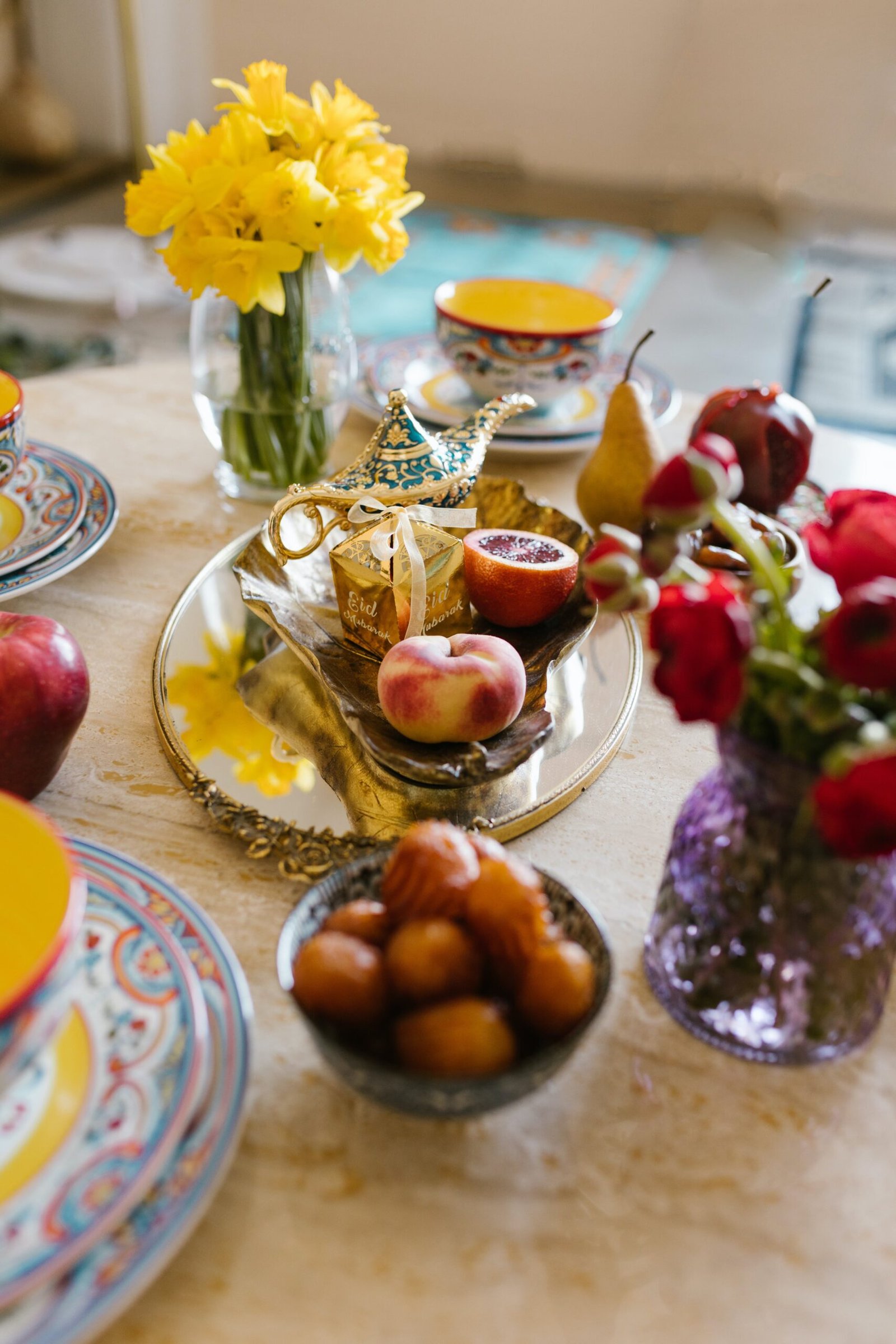
Preparing Glass Plant Containers for Use
Before you begin planting in your glass plant containers, it is essential to properly prepare them to ensure the health and longevity of your plants. Cleaning the container and applying a protective coating are vital steps in this process.
Cleaning the container
To clean your glass plant container, start by rinsing it with warm water to remove any dirt or debris. Avoid using harsh chemicals or abrasive cleaners, as they may damage the glass. For stubborn stains, you can use a mixture of mild dish soap and water and gently scrub the container with a soft cloth or sponge. Rinse the container thoroughly to remove any soap residue and allow it to dry completely before proceeding.
Applying a protective coating
Applying a protective coating to your glass plant container can help prevent water and soil from seeping through the glass, reducing the risk of damage or staining. There are various sealants and coatings available specifically designed for glass containers. Follow the manufacturer’s instructions to properly apply the protective coating, ensuring that it covers the entire inner surface of the container. Allow the coating to dry completely before proceeding with planting.
Planting in Glass Plant Containers
When it comes to planting in glass plant containers, several factors should be taken into consideration to ensure the health and success of your plants. Selecting suitable plants, providing proper drainage and soil, and understanding their light and heat requirements are crucial aspects to consider.
Selecting suitable plants
Glass plant containers can accommodate a wide variety of plants, but it is important to choose ones that are well-suited for this type of environment. Consider the mature size and growth habits of the plant, as well as its light and moisture requirements. Succulents, small herbs, and compact flowering plants are excellent choices for glass plant containers due to their adaptability to limited space and low maintenance needs.
Proper drainage and soil
Proper drainage is essential for the health of your plants in glass containers. Ensure that your container has drainage holes at the bottom to prevent the roots from sitting in excess water, which can lead to root rot. Additionally, use a well-draining potting mix specifically formulated for the type of plants you are growing. Avoid using garden soil, as it can become compacted and impede drainage. A mixture of potting soil, perlite, and sand can provide excellent drainage and promote healthy root growth.
Understanding light and heat requirements
Different plants have varying light and heat requirements, and it is crucial to understand these needs when planting in glass containers. Place your glass plant containers in areas that receive the appropriate amount of sunlight for the specific plants you are growing. Some plants may require direct sunlight, while others thrive in bright, indirect light. Additionally, be mindful of temperature fluctuations, as glass containers may intensify heat during hot weather. Consider moving your glass containers to shaded areas or providing shade during periods of extreme heat to protect your plants from damage.
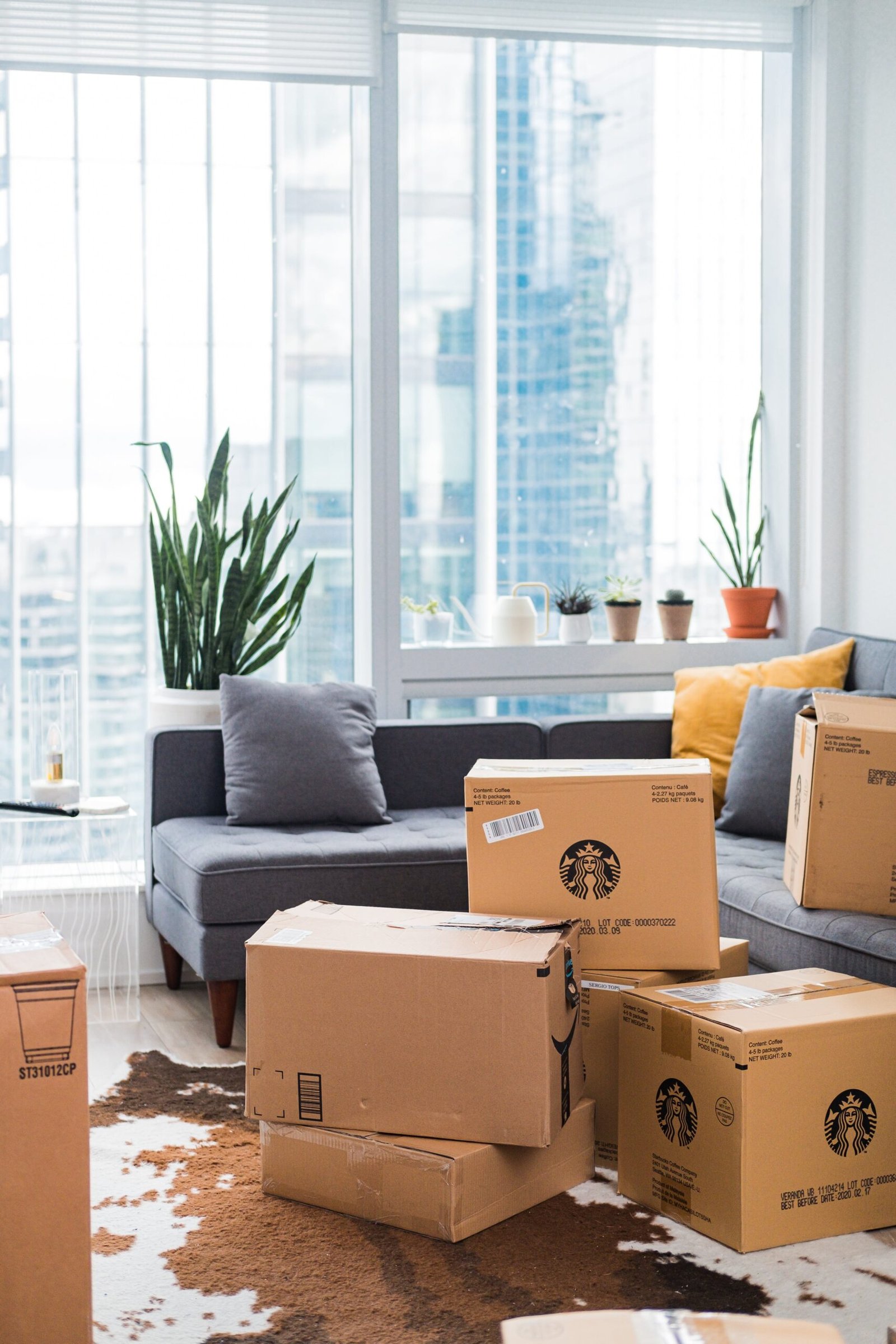
Caring for Plants in Glass Plant Containers
Proper care is essential to ensure the health and vitality of your plants in glass plant containers. Watering techniques, fertilizing, and pruning and trimming are crucial aspects of plant care that should not be overlooked.
Watering techniques
When it comes to watering your plants in glass containers, it is important to strike a balance between underwatering and overwatering. Glass containers can retain moisture, so it is essential to monitor the soil moisture levels regularly. Water your plants thoroughly, allowing excess water to drain out of the container. However, do not let the roots sit in standing water, as this can lead to root rot. It is best to water your plants when the top inch of soil feels dry to the touch. Additionally, consider using a watering can with a narrow spout to avoid overwatering and to target the soil directly.
Fertilizing
Fertilizing is necessary to provide essential nutrients for your plants’ growth and development. Use a balanced, water-soluble fertilizer specifically formulated for the types of plants you are growing. Follow the instructions on the fertilizer packaging for proper dilution and application. Fertilize your plants regularly, typically once every two to four weeks during the growing season. Avoid overfertilizing, as this can lead to nutrient burn and damage the plants.
Pruning and trimming
Regular pruning and trimming are necessary to maintain the shape and health of your plants in glass containers. Remove any dead or yellowing leaves, as well as any stems or branches that are overcrowding the plant. Pruning promotes healthy growth and helps prevent disease and pest infestations. Use clean and sharp pruning shears or scissors to make clean cuts, and ensure that you do not remove more than one-third of the plant’s foliage at a time. Regularly inspect your plants for any signs of pests or disease and take appropriate action if necessary.
Displaying Glass Plant Containers
Glass plant containers can be used to create stunning displays both indoors and outdoors. Whether you want to create a vibrant indoor display, spruce up your outdoor space, or arrange your containers in a stylish and eye-catching manner, there are various ways to showcase the beauty of your glass plant containers.
Indoor displays
Indoor displays of glass plant containers can add a touch of nature and beauty to any room. Consider grouping multiple containers together on a shelf, windowsill, or a dedicated display table. Mix and match different shapes and sizes to create a visually appealing arrangement. You can also incorporate other decorative elements such as stones, moss, or figurines to enhance the overall aesthetic.
Outdoor displays
Glass plant containers can be used to create striking outdoor displays that enhance the beauty of your garden or patio. Place your containers strategically in areas that receive adequate sunlight and complement the surrounding landscape. Consider hanging glass plant containers from a pergola or placing them on elevated platforms to create a visually dynamic display. Incorporate trailing plants or vibrant flowers to add depth and color to your outdoor space.
Stylish arrangements
Creating stylish arrangements with glass plant containers allows you to showcase your creativity and design skills. Consider arranging containers of varying heights and sizes on a mantel or a floating shelf to create a visually interesting display. You can also experiment with different plant arrangements, such as cascading plants in hanging glass planters or a mix of tall and low-growing plants in a clustered arrangement. Play with colors, textures, and heights to create a unique and personalized display.
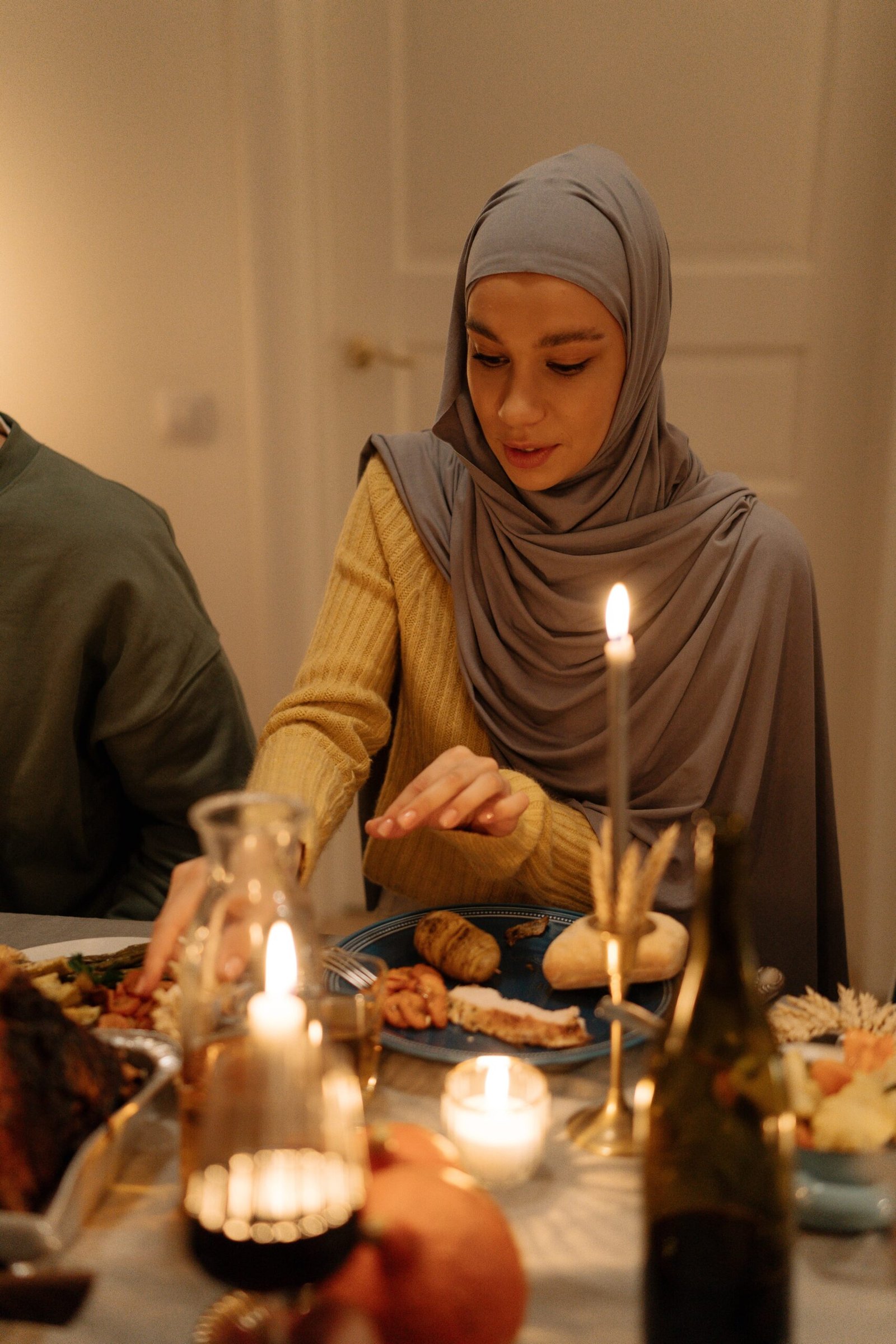
Potential Challenges with Glass Plant Containers
While glass plant containers offer numerous benefits, they also present some potential challenges that gardeners should be aware of. Understanding and addressing these challenges can help ensure the success of your plants and the longevity of your glass containers.
Risk of breakage
Glass plant containers can be fragile and are susceptible to breakage, particularly when accidentally dropped or exposed to extreme temperatures. Handle your glass containers with care and avoid placing them in high-traffic areas where they may be more prone to accidents. Additionally, be mindful of extreme temperature changes, as rapid shifts in temperature can cause the glass to crack or shatter. Consider moving your glass containers indoors during extreme weather conditions or providing protection, such as shade or frost covers.
Temperature control
Glass plant containers can intensify heat, which can be detrimental to the health of your plants. During hot weather, glass containers can trap heat and cause the temperature to rise significantly, potentially scorching the plants. Monitor the temperature around your glass plant containers and provide appropriate measures to control heat. Consider using shading devices, such as awnings or umbrellas, to provide protection from direct sunlight. You can also move your glass containers to a shaded area during the hottest part of the day.
Cleaning difficulties
Cleaning glass plant containers can sometimes be a challenge due to their unique shape and structure. It can be challenging to reach all areas of the container, especially narrow or curved designs. To make cleaning easier, consider using a long-handled brush or tools specifically designed for cleaning glass containers. Regular maintenance and cleaning can help prevent the buildup of dirt, algae, or mineral deposits, ensuring that your glass plant containers remain visually appealing and functional.
DIY Glass Plant Container Ideas
If you are feeling creative and want to explore unique and budget-friendly options, consider trying out some DIY glass plant container ideas. These ideas allow you to repurpose and recycle glass containers while adding a personal and artistic touch to your gardening endeavors.
Recycled glass containers
Instead of purchasing new glass containers, consider repurposing everyday items such as mason jars, wine bottles, or even glass soda bottles. Clean and prepare these containers for use by removing any labels or residue. You can then transform them into stunning plant containers by adding drainage holes, filling them with appropriate soil and plants, and displaying them in creative ways. Not only does this save money, but it also helps reduce waste and adds a unique touch to your garden.
Creating hanging planters
Glass plant containers can be transformed into beautiful hanging planters that add a touch of elegance to any space. Repurpose glass jars with lids, such as mason jars or jam jars, into hanging planters by attaching wire or strong string to the lid. Ensure that the wire or string is securely attached to a hook or hanger, and fill the jar with soil and your chosen plant. Hang these planters near windows or in outdoor spaces to create a visually stunning display that is both functional and decorative.
Etching and painting techniques
For those who enjoy arts and crafts, etching and painting techniques can be used to customize and personalize your glass plant containers. Etching glass allows you to create intricate designs and patterns using etching cream or a sandblaster. This adds a unique and decorative element to your containers. Alternatively, you can paint your glass containers using glass paints or markers. Get creative with colors, patterns, and designs to create a one-of-a-kind aesthetic that complements your personal style and decor.
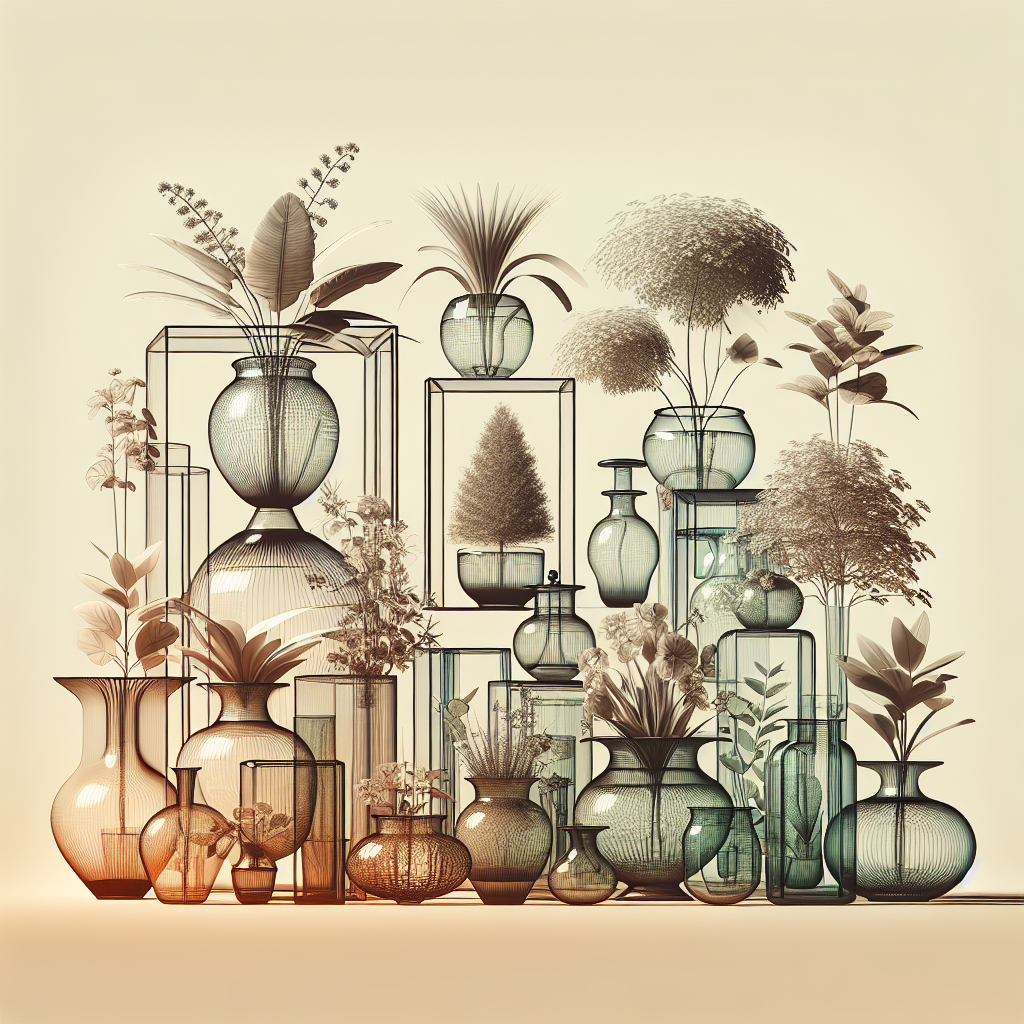
Using Glass Plant Containers for Terrariums
Glass plant containers are particularly well-suited for creating stunning terrariums, miniature ecosystems that can thrive indoors. Building a terrarium in a glass container allows you to create a visually captivating and self-sustaining environment for your plants.
Building a terrarium
To build a terrarium, start by layering the bottom of the glass container with drainage materials such as activated charcoal or small pebbles. This helps prevent waterlogging and improves air circulation. Add a layer of sphagnum moss to act as a barrier between the drainage layer and the potting mix. Finally, add a layer of suitable potting mix, leaving space for the plants.
Choosing appropriate plants
When selecting plants for your terrarium, opt for species that thrive in moist and humid environments. Miniature ferns, mosses, and tropical plants are excellent choices. Consider the size and growth habits of the plants, as well as their light and moisture requirements. Arrange the plants in your terrarium, ensuring that they have enough space to grow and that their foliage does not touch the sides of the glass. Use long-handled tools or tweezers to position the plants accurately.
Maintaining a balanced ecosystem
Terrariums create a self-sustaining ecosystem, and maintaining a balanced environment is crucial for the health and success of your plants. Keep the terrarium in a location that receives bright, indirect light, but avoid placing it in direct sunlight, as this can cause excessive heat buildup. Monitor the moisture levels in the terrarium and water the plants when the soil feels slightly dry. Adjust the amount of moisture and ventilation provided based on the specific needs of the plants. Regularly inspect the terrarium for any signs of pests or disease and take appropriate action if necessary.
Glass Plant Containers as Decorative Elements
Glass plant containers can be used as versatile decorative elements in interior design, allowing you to enhance the aesthetic appeal of any space. Incorporating glass containers into your home or event decor can add a touch of elegance and sophistication.
Incorporating glass containers into interior design
Glass plant containers can be seamlessly incorporated into various interior design styles. Place them on shelves, countertops, or windowsills to add a vibrant and natural element to your space. Experiment with different shapes, sizes, and arrangements to create a visually pleasing display. Consider matching the style of the glass containers to the existing decor, whether it be modern, rustic, or traditional. The transparent nature of glass containers allows them to blend effortlessly into any design scheme.
Creating centerpieces
Glass plant containers can serve as stunning centerpieces for tables, whether it be for everyday use or special occasions. Fill them with an assortment of flowers, succulents, or even floating candles to create a visually striking focal point. Play with heights and textures by using different-sized containers and coordinating plant varieties. You can also incorporate decorative elements such as stones, pebbles, or sand to add depth and interest to your centerpiece.
Adding a touch of elegance to event spaces
Glass plant containers can elevate the ambiance of event spaces, adding a touch of elegance and natural beauty. Whether you are hosting a wedding, a dinner party, or a corporate event, glass containers filled with lush greenery or vibrant flowers can create a visually stunning and sophisticated atmosphere. Consider placing them on tables, along walkways, or as part of larger floral installations. The versatility of glass containers allows you to create various design styles, from minimalist and modern to whimsical and romantic.
In conclusion, glass plant containers offer numerous benefits that make them a fantastic choice for both indoor and outdoor gardening. Their durability, versatility, and aesthetic appeal make them a worthwhile investment for any gardening enthusiast. When choosing the right glass plant container, consider the size, shape, design, and type of glass to ensure a successful and visually appealing display. Properly preparing the containers, selecting suitable plants, and providing proper care are essential for the health and longevity of your plants. Use glass plant containers to create stunning displays, whether it be indoors or outdoors, and overcome potential challenges such as breakage and temperature control. For those feeling creative, try out some DIY glass plant container ideas to add a personal touch to your gardening endeavors. Consider using glass plant containers to create beautiful terrariums or incorporate them as decorative elements in your interior design or event spaces. With the right selection, care, and creativity, glass plant containers can enhance the beauty and functionality of any space.
